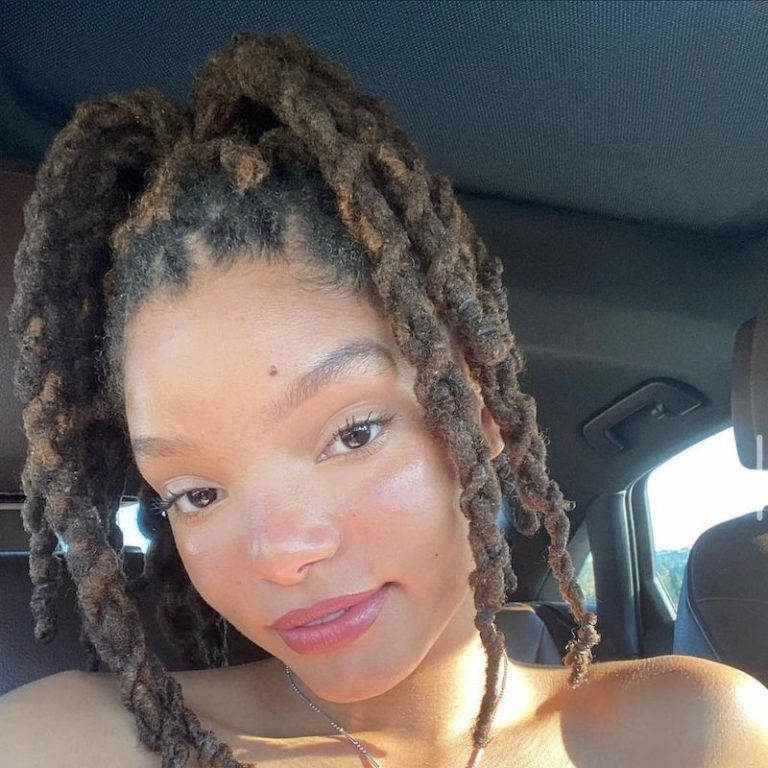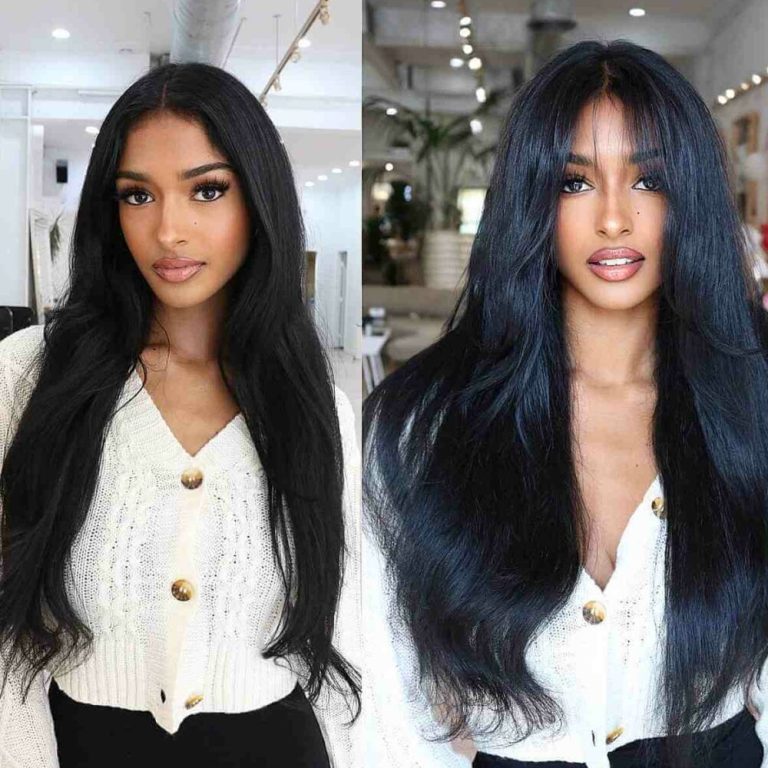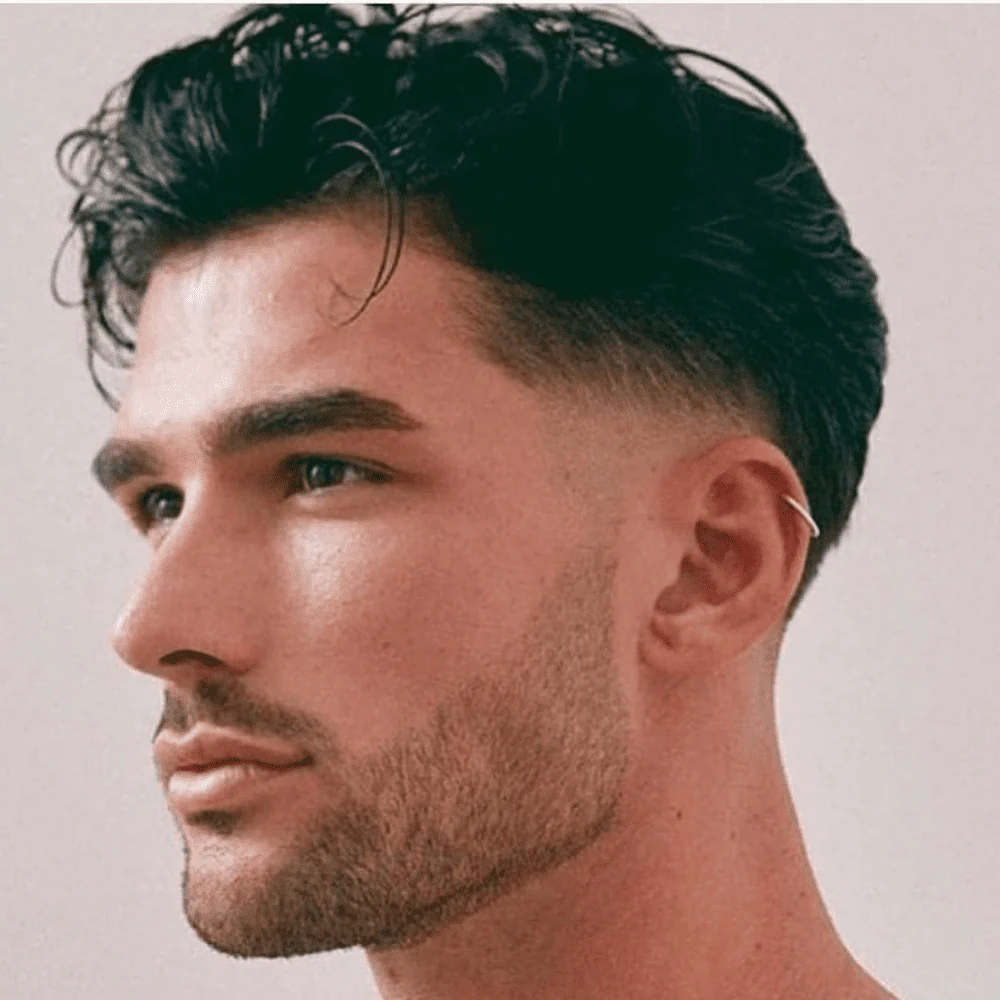
Mastering the Slick Back Hairstyle
The Enduring Appeal of the Slick Back Hairstyle
The slick back hairstyle has stood the test of time, remaining a popular choice for men across generations. This classic look exudes confidence and sophistication, making it a go-to option for various occasions. Originating in the early 20th century, the slick back gained prominence during the roaring twenties and has since evolved to suit modern tastes. The versatility of this hairstyle allows it to complement both formal and casual attire, making it a favorite among professionals and style enthusiasts alike. The slick back’s enduring appeal lies in its ability to create a polished, put-together appearance with minimal effort.
It suits a wide range of face shapes and hair types, further contributing to its popularity. Moreover, the slick back hairstyle has been sported by numerous celebrities and influential figures, cementing its status as a timeless classic. From vintage-inspired looks to contemporary interpretations, the slick back continues to adapt to changing fashion trends. This adaptability ensures that the style remains relevant and appealing to men of all ages. Additionally, the slick back offers a practical solution for men looking to manage longer hair in a neat, professional manner. Its clean lines and smooth finish create an illusion of well-groomed hair, even on busy days. The slick back’s ability to transition seamlessly from day to night makes it a versatile choice for men with active lifestyles.
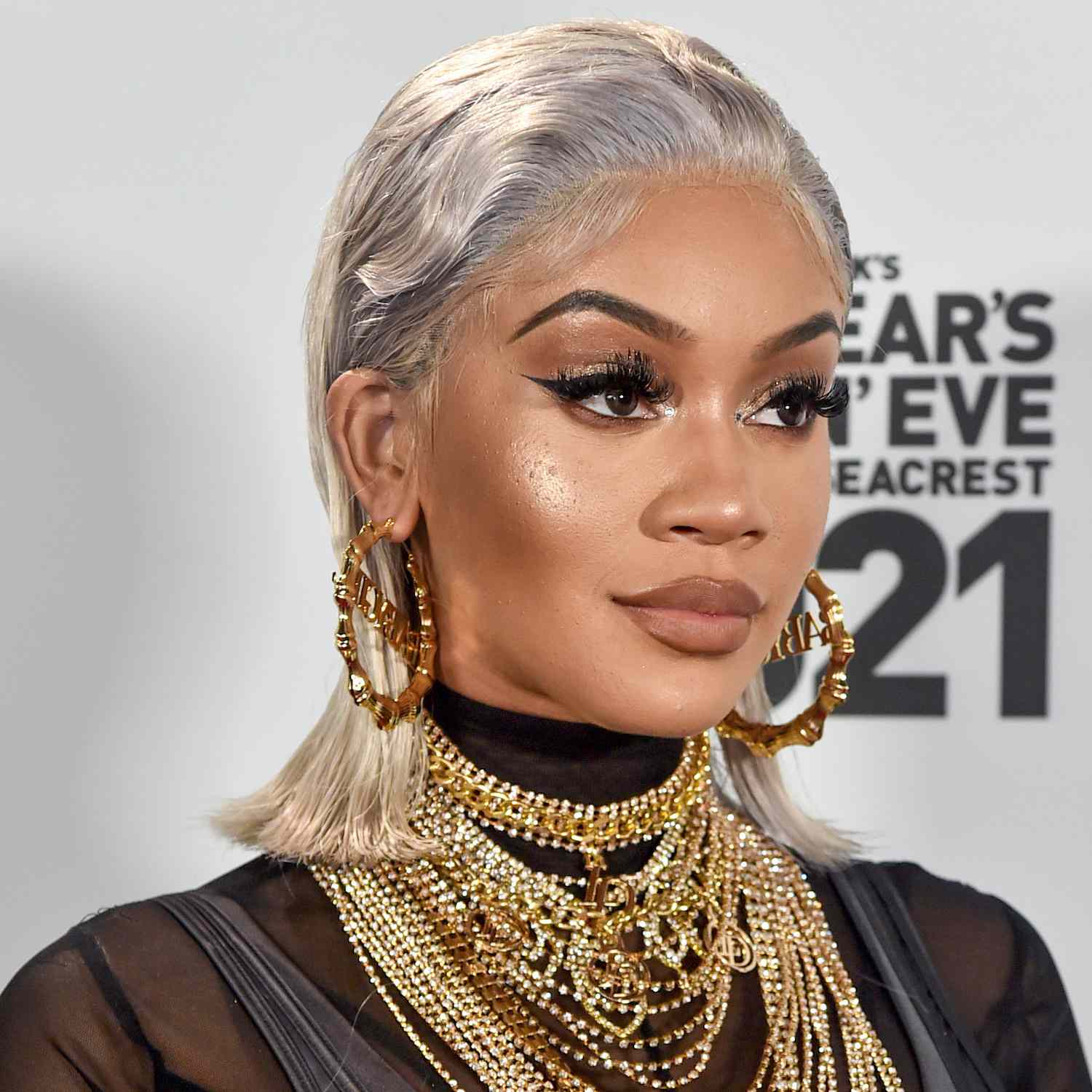
Understanding Different Types of Slick Back Styles
The slick back hairstyle encompasses various subtypes, each offering a unique take on the classic look. The traditional slick back features hair combed straight back from the forehead to the crown, creating a sleek, uniform appearance. In contrast, the modern slick back allows for more texture and volume, particularly at the crown. The undercut slick back combines a closely cropped sides and back with longer hair on top, slicked back for a bold, edgy look. For those preferring a softer appearance, the textured slick back incorporates gentle waves or natural hair texture into the style.
The side-parted slick back adds a classic touch, with hair neatly combed back from a defined side part. Men with curly hair can opt for the curly slick back, which embraces natural texture while maintaining the slicked-back shape. The pompadour slick back combines volume at the front with a sleek back, creating a dramatic, eye-catching style. For a more relaxed vibe, the messy slick back intentionally incorporates tousled elements into the otherwise neat style. The wet look slick back mimics the appearance of damp hair, offering a sleek, glossy finish. Lastly, the long slick back caters to men with longer hair, allowing for a sophisticated way to manage extended lengths.
Choosing the Right Slick Back Style for Your Face Shape
Selecting the most flattering slick back style depends largely on your face shape. Oval faces, considered the most versatile, can pull off virtually any slick back variation. For round faces, a slick back with height at the crown helps elongate the face, creating a more balanced appearance. Men with square faces benefit from softer slick back styles that don’t accentuate angular features. Heart-shaped faces look great with fuller slick backs that add width to the narrower chin area. Those with diamond-shaped faces should opt for styles that add volume at the temples, such as a textured or messy slick back.
Long faces are complemented by slick backs with more volume on the sides, creating the illusion of width. For triangular faces, a slick back with volume on top balances out a wider jawline. Men with oblong faces should avoid excessive height in their slick back, instead opting for styles with more width. Rectangular faces benefit from slick backs that add softness to sharp angles, such as a curly or textured variation. Lastly, those with pear-shaped faces look best in slick backs that add volume at the crown while keeping the sides sleek. Consider consulting with a professional stylist to determine the most suitable slick back style for your unique face shape and features.
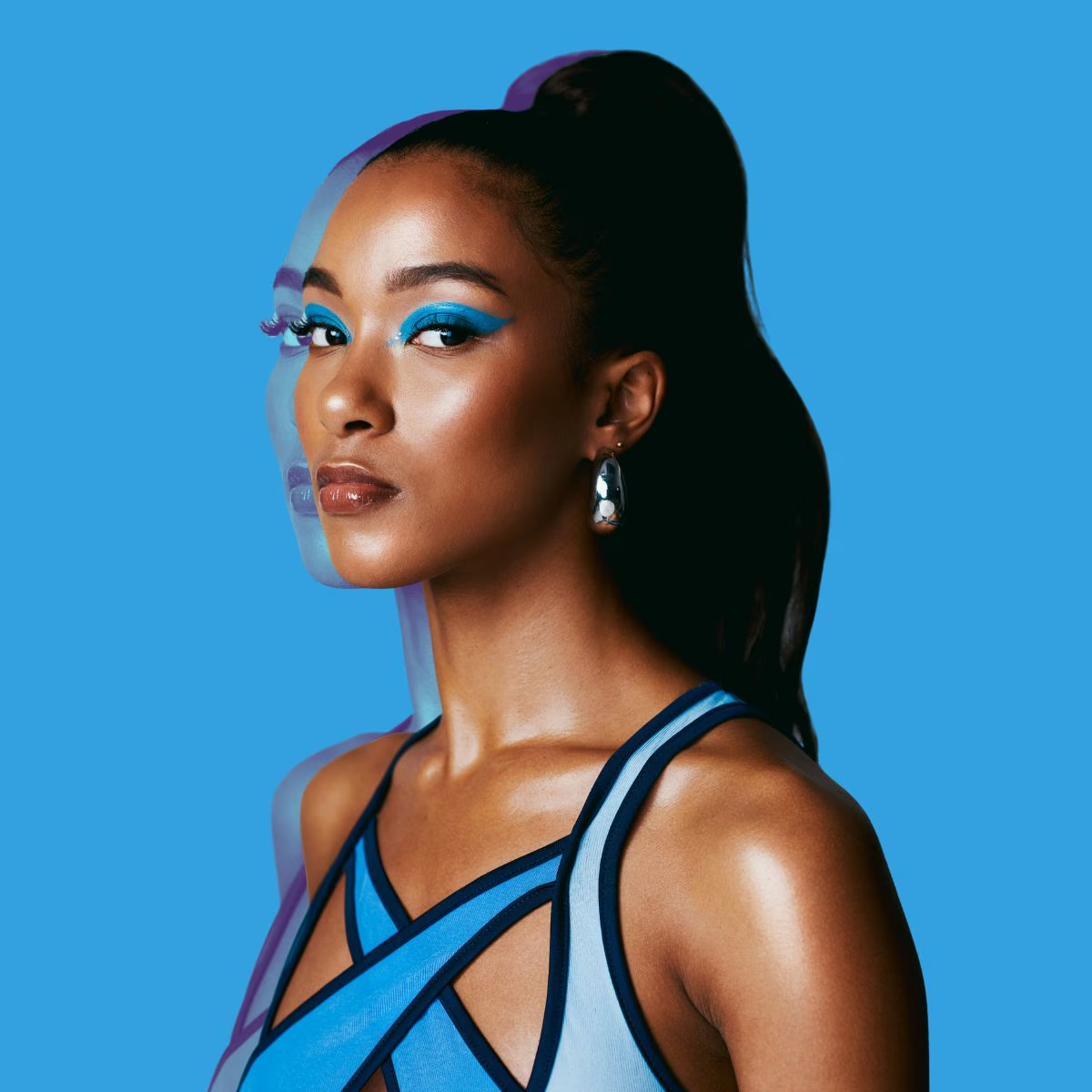
Essential Tools and Products for Achieving the Perfect Slick Back
Creating an impeccable slick back hairstyle requires the right tools and products. A high-quality comb is essential for achieving smooth, even distribution of product and creating clean lines. Opt for a fine-toothed comb for precision styling and a wide-toothed comb for detangling and initial shaping. A boar bristle brush helps in smoothing the hair and adding shine to the finished look. For those seeking volume, a round brush can be invaluable during the blow-drying process. Speaking of which, a good hair dryer with various heat and speed settings is crucial for setting the style. Styling products play a pivotal role in achieving and maintaining the slick back look.
Pomade, available in water-based and oil-based varieties, offers hold and shine. Hair gel provides strong hold for those with particularly unruly hair. Styling creams work well for a more natural, less rigid finish. Hair wax offers a matte finish with moderate hold, ideal for textured slick backs. Sea salt spray can add texture and grip to fine or limp hair before styling. A high-hold hairspray helps lock the style in place for long-lasting wear. For those concerned about hair health, heat protectant sprays are essential when using hot styling tools. Lastly, hair oils or serums can add extra shine and help tame flyaways for a polished finish.
Step-by-Step Guide to Styling a Classic Slick Back
Achieving a classic slick back involves a series of precise steps. Begin with freshly washed and conditioned hair for the best results. Gently towel-dry the hair until it’s damp but not soaking wet. Apply a small amount of heat protectant if using hot tools. Next, use a wide-toothed comb to detangle the hair, working from the ends up to the roots to minimize breakage. If desired, apply a volumizing mousse or root-lifting spray to add body to the style. Begin blow-drying the hair, using your fingers to comb it backwards from the forehead.
For added control, use a round brush to direct the hair back as you dry. Once the hair is about 80% dry, switch to a fine-toothed comb to create a smoother finish. Continue drying until the hair is completely dry, maintaining the backward direction. Now, warm a small amount of pomade or styling product between your palms. Start at the back of the head and work the product through the hair, moving towards the front. Use a comb to distribute the product evenly and shape the hair into the desired slick back style. For extra hold, mist with hairspray, focusing on areas prone to flyaways. Finally, use the palms of your hands to smooth down any remaining stray hairs, creating a polished finish.
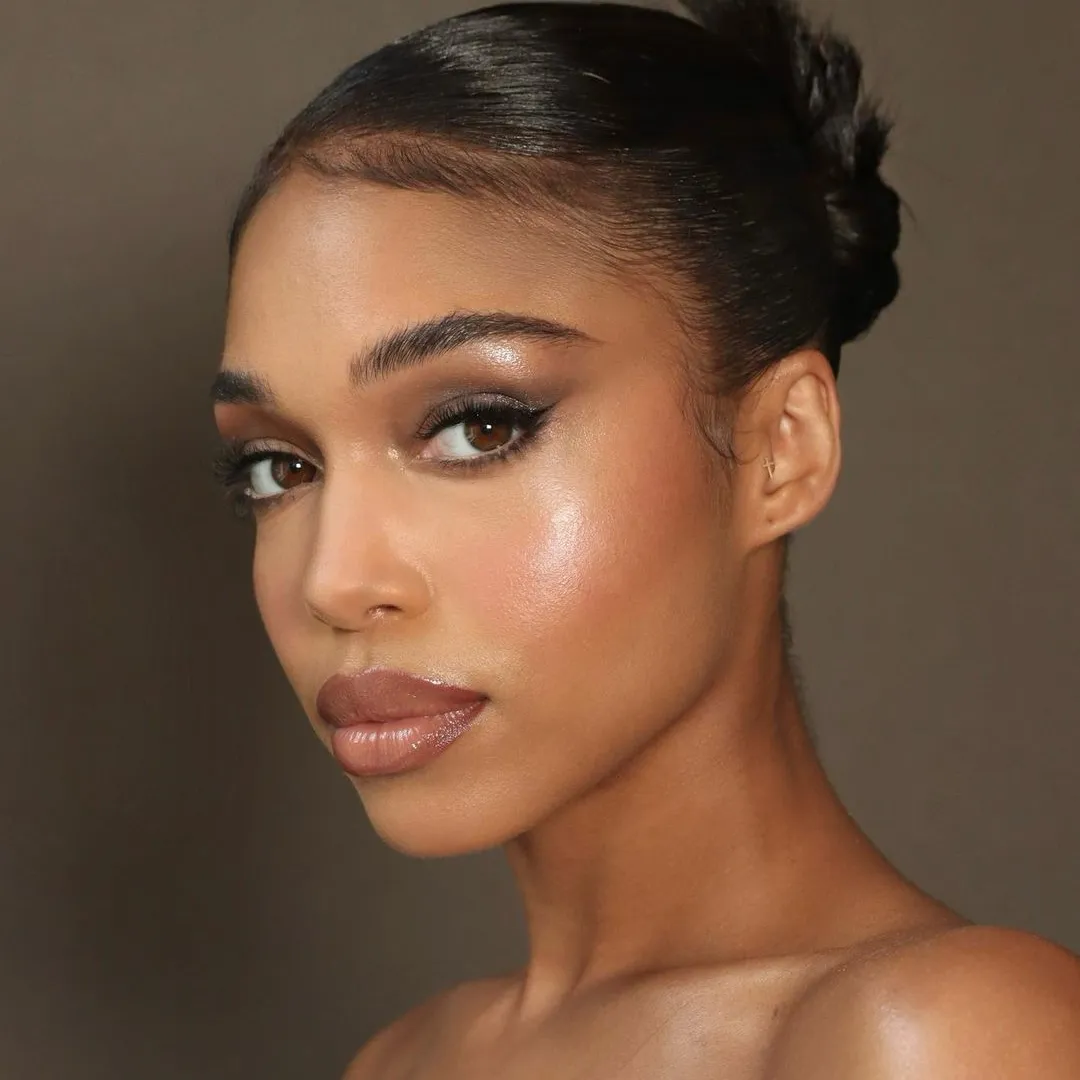
Maintaining Your Slick Back Throughout the Day
Keeping your slick back looking fresh all day requires some maintenance and preparation. Start by ensuring your hair is thoroughly dry before leaving the house, as damp hair can lose its shape more easily. Carry a small comb or pocket-sized brush for touch-ups throughout the day. A travel-sized container of your preferred styling product can be invaluable for midday adjustments. If your hair tends to fall flat, consider using dry shampoo at the roots to absorb excess oil and maintain volume.
For those with particularly unruly hair, a small spritz bottle filled with water can help reactivate styling products for quick reshaping. Avoid running your fingers through your hair excessively, as this can disrupt the style and add unwanted oils. If exposed to wind or humidity, duck into a restroom to quickly restyle using your hands or a comb. For long events or nights out, a mini hairspray can help lock the style in place after touch-ups. Be mindful of hat wear, opting for looser-fitting headgear to avoid flattening the style. If your slick back loses shape due to exercise or heat, a quick rinse and restyle might be necessary. Lastly, consider the weather forecast when styling, using stronger hold products on humid or rainy days.
Adapting the Slick Back for Different Hair Types and Textures
The slick back style can be adapted to suit various hair types and textures with the right techniques and products. For fine hair, use lightweight, volumizing products and consider a root-lifting spray before styling. Those with thick hair may need to use stronger hold products and spend more time blow-drying to achieve the desired smoothness. Curly hair requires extra moisture and defining products to maintain both the slick shape and natural texture. Men with coarse hair should focus on hydrating products and may benefit from leave-in conditioners before styling.
For those with wavy hair, embracing some texture in the slick back can create an effortlessly cool look. Straight hair typically holds the classic slick back well but may require extra product for hold and shine. Men with thinning hair can use the slick back to create the illusion of fuller locks by incorporating volumizing products and strategic styling. Those with oily hair should opt for water-based products and may need to touch up more frequently throughout the day. Dry hair types benefit from nourishing styling creams or oils in addition to their regular hold products. Lastly, those with sensitive scalps should choose gentle, fragrance-free styling products to avoid irritation while achieving the slick back look.
Slick Back Variations for Different Occasions and Settings
The versatility of the slick back allows for numerous variations suitable for different occasions. For formal events like weddings or galas, a sleek, high-shine slick back paired with a sharp side part exudes elegance. In professional settings, a neat, moderate-hold slick back conveys competence and attention to detail. For casual outings, a textured or messy slick back offers a relaxed yet stylish appearance. Beach or poolside gatherings call for a looser, salt-spray enhanced slick back that embraces natural texture.
Date nights benefit from a softer slick back with subtle volume, striking a balance between effort and effortlessness. For artistic or creative environments, an undercut slick back or one with unique color can showcase personality. Sporting events or active occasions are well-suited to a more secure, gel-based slick back that stays in place. Music festivals or concerts provide an opportunity for edgier slick back styles, perhaps incorporating braids or fades. Academic or intellectual settings are complemented by a classic, refined slick back that doesn’t distract from one’s ideas. Lastly, for everyday wear, a low-maintenance slick back achieved with minimal product allows for easy styling and versatility.

Common Mistakes to Avoid When Styling a Slick Back Hairstyle
While the slick back appears straightforward, several common mistakes can detract from its polished look. Overusing product is a frequent error, resulting in a greasy, weighed-down appearance. Conversely, using too little product can lead to flyaways and a style that doesn’t hold. Failing to properly distribute the product through the hair can create uneven texture and hold. Neglecting to use a hair dryer, especially for those with thick or unruly hair, often results in a less defined style. Combing too harshly can cause breakage and an uneven finish, particularly on wet hair. Ignoring hair type and face shape when choosing a slick back variation may lead to an unflattering look.
Failing to maintain regular haircuts can result in a shaggy, unkempt appearance that defeats the purpose of the sleek style. Using the wrong type of product for your hair texture can lead to either insufficient hold or an overly stiff look. Neglecting scalp health and overwashing can lead to issues like dandruff or excessive oiliness, both of which can impact the style. Lastly, being too perfectionist about the style can result in an unnatural, overly rigid appearance that lacks the cool factor of a well-executed slick back.
The Cultural Impact and Evolution of the Slick Back Hairstyle
The slick back hairstyle has played a significant role in popular culture, evolving with societal trends. Originating in the 1920s, it symbolized the rebellion and sophistication of the Jazz Age. Hollywood’s golden era cemented the slick back’s status, with icons like Clark Gable and Cary Grant popularizing the look. The 1950s saw the style associated with greasers and rock ‘n’ roll culture, adding an edgy element to its appeal. In the 1980s, the slick back became synonymous with Wall Street and corporate power, as seen in films like “Wall Street.” The 1990s and 2000s saw a resurgence of the style in various subcultures, from punk to hip-hop.
Modern interpretations have made the slick back more accessible, with textured and relaxed versions gaining popularity. The style has also broken gender barriers, with women adopting slick back looks in high fashion and everyday wear. In recent years, the slick back has become a staple in the “hipster” aesthetic, often paired with full beards and vintage-inspired fashion. Social media has played a role in the style’s continued popularity, with influencers and celebrities showcasing diverse slick back interpretations. The hairstyle’s adaptability has allowed it to remain relevant across decades, continually reinventing itself while maintaining its core aesthetic appeal.
